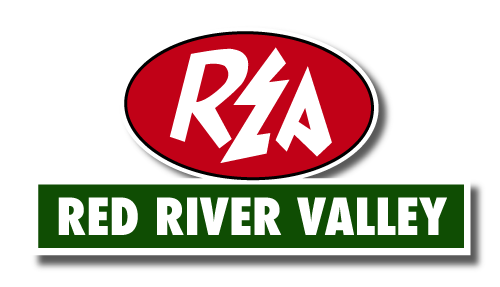Outage Maps Keep Co-op Members Informed When The Lights Go Out
By Tom Tate
Co-ops across the country are using a powerful tool to aid in power restoration and keep you informed during an outage. Outage maps are just what they sound like: a graphical representation of an outage displayed on a map of your electric co-op’s service area. The typical map will show where the outage is occurring and, depending upon the system’s capability, include information such as the number of members without power.
Behind the map is a sophisticated system that provides the data needed to populate the graphic. I consider this technology to be part of the Smart Grid because it does what the Smart Grid is supposed to do: improve control, reduce outage length, increase reliability and provide better information to employees, co-op members and the public.
Maintaining an accurate outage map starts with the devices on the co-op’s lines that can report their status to the cooperative. These include a growing number of switches and individual meters. By “report their status,” I mean they can report if they have been tripped or if there is power at the meter. This data flows back over the power lines to a computer at the co-op. There it is analyzed, and the results are presented to the engineering and operations folks for action.
Let’s set up an example. Something causes a fault in the lines that blows a fuse or trips a circuit breaker. The cause could be a gust of wind dropping a branch on a line. Or a furry critter deciding the brush around the transformer looks like dinner. A car hitting a pole. Regardless of the cause, the power is now out to a number of members.
The piece of equipment nearest the fault signals that it cannot see anything down the line or that it has tripped. A program now runs to determine the extent of the outage. It looks at other devices to determine where the flow of power stops. Once it has completed its detective work, a map is generated showing the extent of the outage. Of course, co-op employees can operate the program rather than waiting for the computer.
Because of the power of the information contained in these maps, co-ops are making them available online. Members can use the map rather than wait in a telephone queue to speak to a customer service representative about their power outage. They can check to see if their power is out, back on or if crews are assigned to the outage – all with the click of a button!
Many people have asked over the years how they can access the Internet if their power is out. There are a couple of ways to do this. The first is via your smart phone or cell-enabled tablet. Another is to ask a friend or family member who has power to check for you. Or head to a place with power and PCs, like a library or Internet café. The point being there are many ways you can access this information during an outage and keep yourself informed on the status.
Knowledge is power, and when it comes to outages, knowledge is also a comfort because it can tell you when the lights are coming back on. With this knowledge, you can take any steps necessary to protect your family and your property. Outage maps are a great example of how co-ops work to keep their members informed about their service.
Red River Valley provides outage information as part of our ongoing efforts to provide the highest quality of service at the lowest possible cost. This is just another benefit of being a co-op member.

